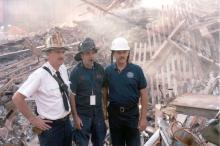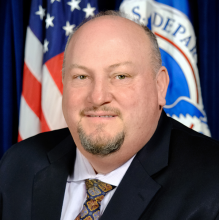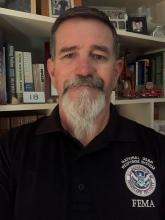Blog
Earthquake Program Managers Sean McGowan, Anne Rosinski and Amanda Siok share how you can prepare for earthquakes by participating in the annual, global Great ShakeOut drill.
FEMA Corps team lead David Boatwright has spent the last month with his team on the ground in Louisiana, helping with Hurricane Ida recovery efforts. This team is one of many that exists through a partnership between FEMA and the AmeriCorps National Civilian Community Corps. FEMA Corps is a team-based service program that gives 18‐26‐year‐old participants the opportunity to serve communities impacted by disaster while gaining professional development experience.
Flooding risks across the nation are becoming more severe with increasing frequency and intensity. In this changing world, we know how important it is to have these changes reflected in the way that our programs function. That is why FEMA is seeking public feedback to help improve the Community Rating System.
One of the best ways to safeguard our communities against natural disasters is to adopt and follow up-to-date hazard-resistant building codes. Building codes are the minimum design and construction requirements to ensure safe and resilient structures. These codes reduce casualties, costs and damage by creating stronger buildings designed to withstand disasters.
With climate change increasing the frequencies of these disasters, it is more important than ever to be prepared. One important way you can do this is by having an emergency kit in your house.
Mike Byrne talks about the events of Sept. 11, 2001 as if he’s recalling a day last week. Like many who responded that day, Mike found meaning and comfort in the work he did to help those who survived, and worked tirelessly to honor those lost.
The National Urban Search and Rescue Response System may have looked a little different on September 11, 2001, but its mission was the same: deploy search and rescue teams as fast as possible following a disaster. Fred Endrikat was one of the Urban Search and Rescue members that was called to action that day.
When Alex Amparo heard the news that a plane had struck the World Trade Center on his way to work, he immediately made a U-turn and headed directly to Florida’s emergency operations center. Today, Amparo serves as the Senior Official Performing the Duties of Deputy Administrator for Resilience at FEMA, but at the time of the 9/11 attacks Amparo was working in emergency management in Florida.
Like so many others that day, Bob and his colleagues gathered around a television, watching the events unfold. They were worried about the fate of FEMA employees at Region 2 headquarters in New York City and the effect the events would have on the agency. Later that morning, Bob got a call from agency leadership asking him to come and lead the response at the World Trade Center.
On Sept. 11, Dean was a firefighter with the Fairfax County Fire and Rescue Department and also employed with FEMA as a Disaster Assistance Employee.






